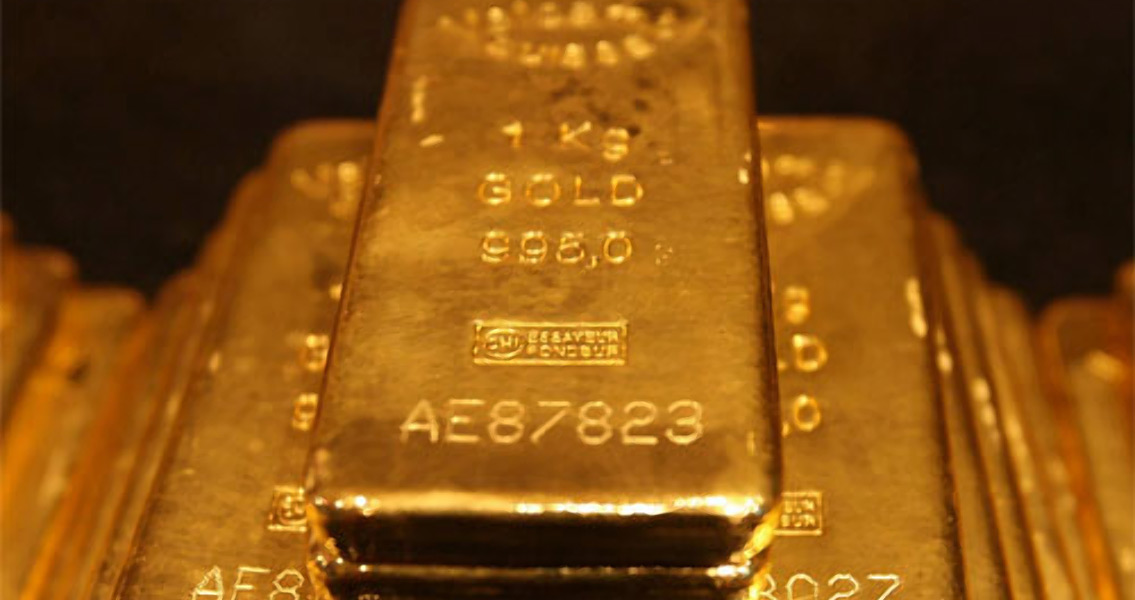<![CDATA[As legend has it, the Nazi train was loaded in what was then the German city of Breslau (now Wroclaw, Poland) with 300 tons of gold then driven into a tunnel somewhere near a medieval cliff-top castle and abandoned there as the Soviet army neared on May 8, 1945. The Nazi gold train is one of the most famous unsolved mysteries remaining from the Nazi regime. 300 tons of gold, which would be worth billions today, and the idea of finding it certainly help explain the world's interest. The treasure hunt has already been a financial boon for the area, as tourists flood in to get a closer look. Now two treasure hunters claim to have found the Nazi gold train. Andreas Richter from Germany and Piotr Koper from Poland have stated that by using sonar equipment they have captured images of what they believe is the missing train and its contents in southwestern Poland, near the town of Walbrzych. According to Koper, a local construction worker, they were successful because they are local. Mr. Koper and Mr. Richter started hunting for the train in 2011, after a tip from a local witness familiar with the train’s 1945 disappearance. Koper also claims both Russian and U.S. secret services conducted an exhaustive search for the train after the fall of the Third Reich, and came up empty-handed. Koper has told reporters the Nazis diverted the train off of a main track and into a tunnel which had been dug out of an embankment. They then parked the 90-meter-long train, removed the track and replaced the soil. Some historians have confirmed that the region was a known Nazi stronghold with a web of underground tunnels, adding weight to the claims made by the treasure hunters. It's also been noted that the area was closed to locals by the Polish and Russian militaries until 1992. Police have been guarding the site since the pair's announcement. Whether their claim is actually true will soon come to light. The Polish military has checked the site for explosives and the ground has been cleared. Now, experts working with Koper and Richter will be able to use metal detectors, a magnetometer and ground-penetrating radar to perform a non-invasive search to further study the site. Polish officials have said that any groundbreaking activity, if deemed necessary and safe, would likely start in the spring, when the ground thaws. The Nazi regime continues to be a source of fascination even more than half a century after its collapse. For example, over a two-year period, from 2010 to 2012, more than 1,200 books were published about the Third Reich according to the BBC. Movies have been made by the hundreds and tales of lost treasures keep growing. It stands to reason that this interest continues given the Nazi legacy is still very much a part of our culture. War criminals continue to be prosecuted, artwork stolen by the Nazis is routinely found, and many death and labor camp survivors continue to share their experiences. Image courtesy of Wikimedia Commons user: Agnico-Eagle ]]>
Treasure Hunters Claim Discovery of Infamous Nazi Gold Train
